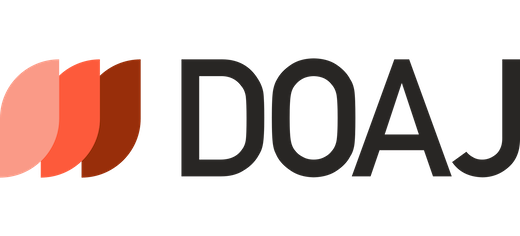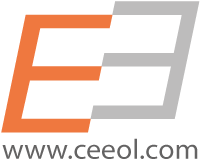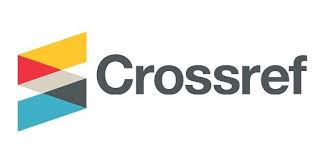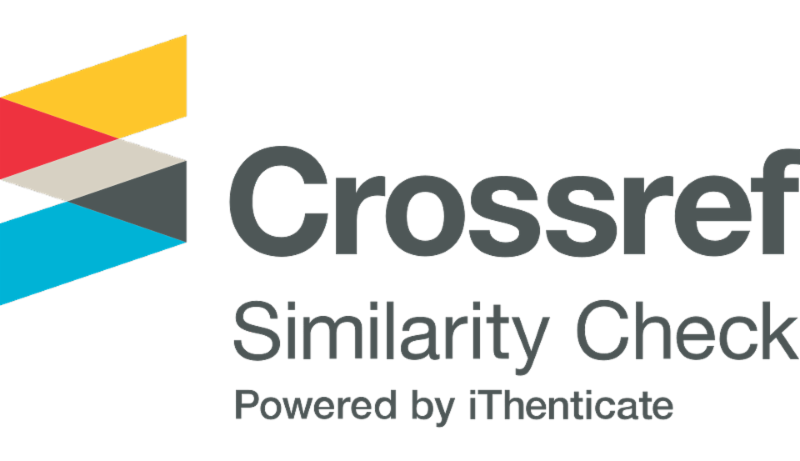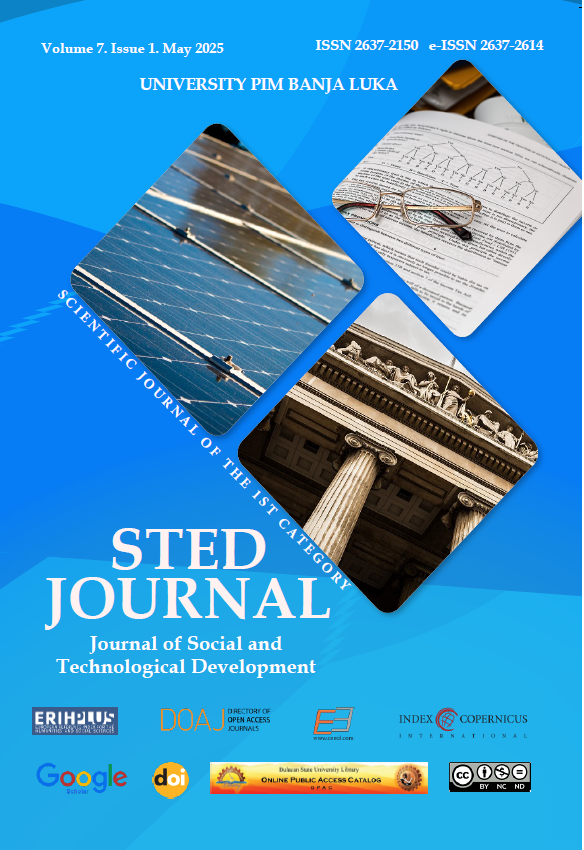
More articles from Volume 7, Issue 1, 2025
RELATIONSHIPS BETWEEN PERSONALITY TRAITS, LIFESTYLES AND ACADEMIC ACHIEVEMENT OF STUDENTS
ATTITUDES AND STEREOTYPES OF HEALTHCARE WORKERS ON THE CAUSES AND ELEMENTS OF SUICIDE
ENHANCING INSURANCE SERVICES IN SERBIA WITH APPLICATION OF THE SERVQUAL MODEL
ATTITUDES AND KNOWLEDGE OF THE INHABITANTS OF SERBIA ABOUT ARTIFICIAL INTELLIGENCE AND ITS TECHNOLOGIES
ANALYSIS OF MARINE FUEL OIL PURIFIER EFFICIENCY, CHEMICAL ELEMENTS AND COMPOUNDS FOUND IN THEM
Article views
MODELING A PURIFICATION SYSTEM FOR EFFICIENT REMOVAL OF ABRASIVE IMPURITIES
 ,
,
Marine engineering, Faculty of Maritime Studies, University of Montenegro , Podgorica , Montenegro
Faculty of Mechanical Engineering, University of Montenegro , Podgorica , Montenegro
Institute of Marine Biology, University of Montenegro , Podgorica , Montenegro
Institute of Marine Biology, University of Montenegro , Podgorica , Montenegro
Editor: Dejan Kojić
Received: 17.02.2025.
Revised: 23.04.2025.
Accepted: 28.04.2025. >>
Published: 30.05.2025.
Volume 7, Issue 1 (2025)
pp. 89-99;
Abstract
Aluminium and silicon particles in fuel known as “cat fines” are catalytic residues from the refinery process. They can cause mechanical damage to fuel pumps, injectors, piston rings and cylinder liners. They are very hard and highly abrasive, thus causing abrasive wear to main engine components. These impurities in marine fuel must be minimised to recommended levels. One of the main tasks of the fuel treatment plant on a ship is to separate solids and water from the fuel. Modern vessels are equipped with fuel separators which rotate at a high speed (more than 6,000 rev/min) producing centrifugal force and providing good separating effect even for small solid particles (Al+Si). Proper settling and regular drainage from the tanks, even when adequate filtration is applied, are not sufficient for proper fuel preparation. The quality of purifier operation varies over years because it is affected by a large number of factors. For the purpose of this paper, over twelve thousand fuel samples were analysed to determine the current efficiency of the purifiers and whether they can meet the stringent requirements of marine engine manufacturers. The data will be taken from a tanker ship, considering different operational scenarios. These scenarios are linked to the maximum possible fuel consumption on the ship during exploitation. Using the Simulink program for the system simulation, optimisation can be achieved in the operation of fuel separator. This optimization refers to the required amount of fuel and quality of separation, particularly concerning the removal of abrasive impurities.
Keywords
Author Contributions
Conceptualization, M.V. and V.V.; Data curation, M.V. and B.H.; Formal Analysis, M.V. and V.V.; Funding acquisition, M.V.; Investigation, M.V.; Methodology, M.V. and Z.I.; Project administration, M.V.; Resources, M.V.; Software, M.V., B.H., Z.I. and V.V.; Supervision, M.V. and Z.I.; Validation, M.V., B.H. and Z.I.; Visualization, M.V. and B.H.; Writing – original draft, M.V.; Writing – review & editing, M.V. All authors have read and agreed to the published version of the manuscript.
References
Citation
Funding Statement
The authors finance the publication fees.
Copyright
All papers are licensed under a Creative Commons Attribution 4.0 International License.
Article metrics
The statements, opinions and data contained in the journal are solely those of the individual authors and contributors and not of the publisher and the editor(s). We stay neutral with regard to jurisdictional claims in published maps and institutional affiliations.


